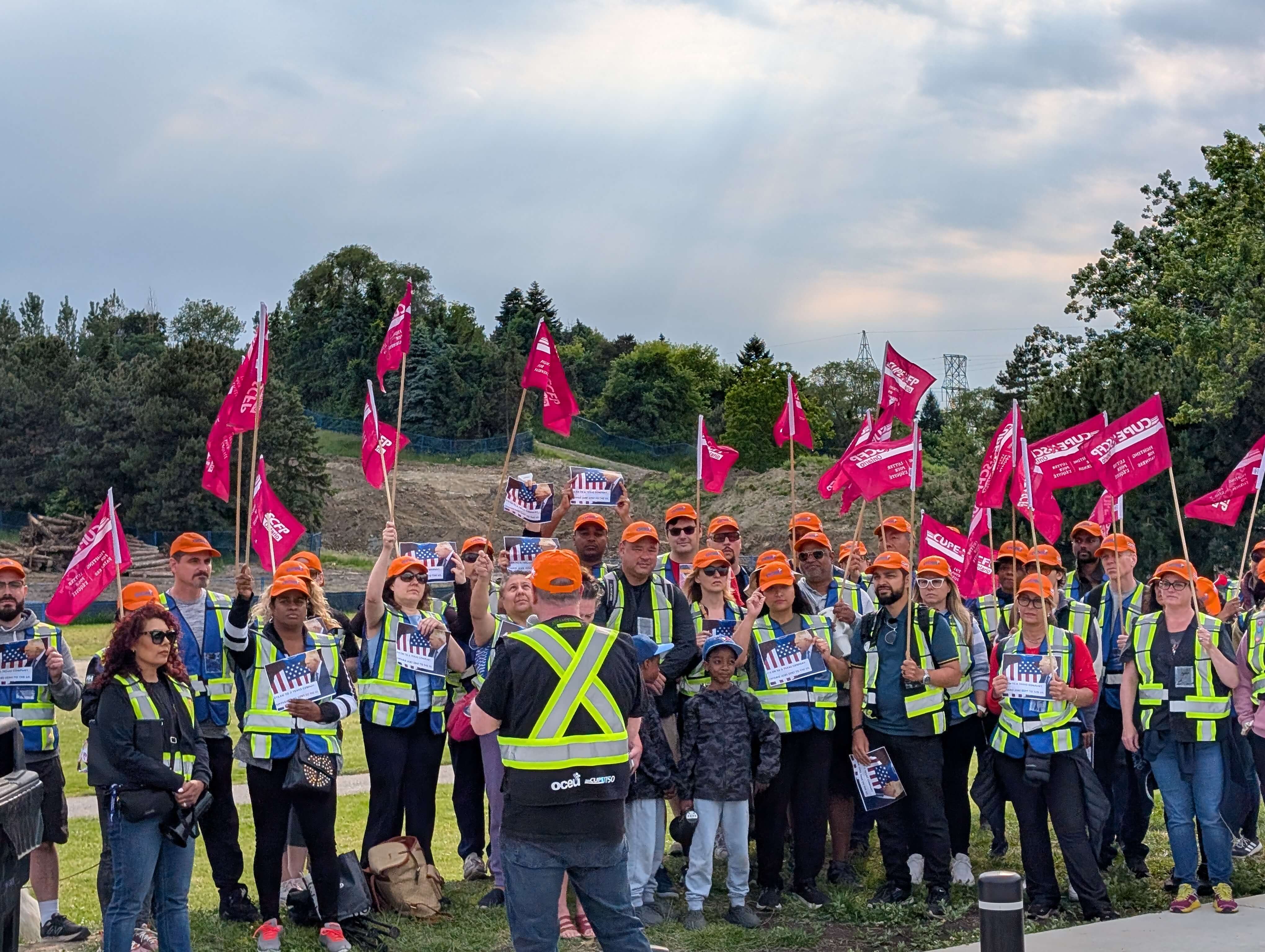MINNEAPOLIS – As energy prices continue to soar and the issue of global warming starts to influence the workplace, health and safety professionals need to take a lead role in what one economic expert describes as the “sunset of the energy regime.”
Jeremy Rifkin, president of the Foundation for Economic Trends, based in Washington, D.C., delivered the keynote at the opening session of the American Industrial Hygiene Conference and Expo (AIHce) in this city and urged the health and safety community to take part in designing the workplace of the future. [Watch Rifkin talk about the role of health and safety leaders in addressing climate change]
The increasing energy costs and the environmental consequences of carbon emissions will drive the beginning of the third industrial revolution, which Rifkin says involves a distributed energy regime where buildings are designed to harness renewable energy, like those coming from the sun and the wind, for power generation and significantly reduce reliance on oil.
The so-called distributed energy regime involves developing and implementing strategy to collect, store and share renewable energy, Rifkin says. Office buildings will be constructed as mini-power plants with the technology to harness power from renewable energy sources, Rifkin says.
The European Union is leading this initiative in a bid to combat climate change and reduce carbon emissions, says Rifkin, who serves as an advisor to the EU in matters concerning the economy, climate change, energy security and sustainable development.
The few companies that have already initiated efforts to develop these power-generating buildings recognize not only the ecological impact of such an endeavour but the economic benefits they stand to gain given the increasing cost of energy, Rifkin says.
“We have to turn this from an environmental issue to an economic game plan to move forward.” he says.
Rifkin noted the important role health and safety professionals would play in helping design these future buildings to create a safe and healthy work environment.
Health and safety leaders need to “rethink the workplace for us,” he says. “Help redesign our workplaces and help us save the planet.”
The four-day AIHce conference was attended by thousands of environmental health and safety professionals, and offered numerous technical and educational sessions.
Representatives from Canada’s industrial hygiene sector presented at one of the sessions and offered delegates a Canadian perspective of the IH profession.
Among the presenters were Luc Hamelin, president of the Canadian Registration Board of Occupational Hygienists, Jan Chappel of the Canadian Centre of Occupational Health and Safety, and Karen Bartlett, associate professor at the University of British Columbia’s school of environmental health.
The AIHce is a yearly event hosted by the American Industrial Hygiene Association. Next year the event will take place in Toronto.
Jeremy Rifkin, president of the Foundation for Economic Trends, based in Washington, D.C., delivered the keynote at the opening session of the American Industrial Hygiene Conference and Expo (AIHce) in this city and urged the health and safety community to take part in designing the workplace of the future. [Watch Rifkin talk about the role of health and safety leaders in addressing climate change]
The increasing energy costs and the environmental consequences of carbon emissions will drive the beginning of the third industrial revolution, which Rifkin says involves a distributed energy regime where buildings are designed to harness renewable energy, like those coming from the sun and the wind, for power generation and significantly reduce reliance on oil.
The so-called distributed energy regime involves developing and implementing strategy to collect, store and share renewable energy, Rifkin says. Office buildings will be constructed as mini-power plants with the technology to harness power from renewable energy sources, Rifkin says.
The European Union is leading this initiative in a bid to combat climate change and reduce carbon emissions, says Rifkin, who serves as an advisor to the EU in matters concerning the economy, climate change, energy security and sustainable development.
The few companies that have already initiated efforts to develop these power-generating buildings recognize not only the ecological impact of such an endeavour but the economic benefits they stand to gain given the increasing cost of energy, Rifkin says.
“We have to turn this from an environmental issue to an economic game plan to move forward.” he says.
Rifkin noted the important role health and safety professionals would play in helping design these future buildings to create a safe and healthy work environment.
Health and safety leaders need to “rethink the workplace for us,” he says. “Help redesign our workplaces and help us save the planet.”
The four-day AIHce conference was attended by thousands of environmental health and safety professionals, and offered numerous technical and educational sessions.
Representatives from Canada’s industrial hygiene sector presented at one of the sessions and offered delegates a Canadian perspective of the IH profession.
Among the presenters were Luc Hamelin, president of the Canadian Registration Board of Occupational Hygienists, Jan Chappel of the Canadian Centre of Occupational Health and Safety, and Karen Bartlett, associate professor at the University of British Columbia’s school of environmental health.
The AIHce is a yearly event hosted by the American Industrial Hygiene Association. Next year the event will take place in Toronto.





